Types of Connectors
Connectors show the relationship between the ideas in two clauses. There are 3 kinds of connectors that we use to join clauses in sentences. They are coordinators, subordinators, and transitions. Coordinators are used to join two independent clauses.
The coordinators are and, for, so, but, yet, or and nor. Usually a comma is put before the coordinator.
Examples:
The office is closed for the next two days, but you can still phone to leave a message.
I forgot my computer disc, so I will have to hand in my assignment late.
Subordinators join a dependent clause to an independent clause. Examples of subordinators are before, when, if, because and although. They are used before the dependent clause. They can be used in two positions:
1) The subordinator and dependent clause can come before the independent clause with a comma.
When the bell rang, the students ran to the sky-train station.
2) The subordinator and dependent clause can come after the independent clause with no comma.
The students ran to the sky-train station when the bell rang.
Transitions are used between two independent clauses. Examples of transitions are however, besides, nevertheless, and furthermore. After the first clause, use either a semi-colon or a period, then the transition, then a comma, and then the second clause.
Examples:
The students laughed; however, the instructor was not trying to be funny.
The students laughed. However, the instructor was not trying to be funny.
Jane decided to take classes during the summer. She wanted to enjoy the city in summer. Besides, she didn’t have enough money to go on a trip.
Meanings for Connectors
Connectors express many different relationships between ideas. This section describes different purposes for connectors. It also lists words that show each relationship and gives examples of some of those words in use. These are the purposes for the various connectors:
To Add Another Idea
To Restate, Explain or Emphasize an Idea
To Give an Example
To Show a Choice
To Show a Difference
To Show the Opposite of What You Might Expect
To Show a Similarity
To Show a Cause or Reason
To Show a Result or Effect
To Show a Time Relationship
To Show a Condition
TO ADD ANOTHER IDEA

Examples:
She loved that novel. It was exciting, and her favorite author wrote it.
I would never vote for that man for student council. He only cares about rich people; furthermore, he would do nothing to protect us against higher tuition fees.
TO RESTATE, EXPLAIN OR EMPHASIZE AN IDEA

Examples:
Students should paraphrase; that is, they should put the information in their own words.
Several students were caught plagiarizing; in fact, they copied the same essay from the internet.
TO GIVE AN EXAMPLE

Example:
The Amelia Douglas Art Gallery is an interesting place. For instance, one month a year it displays art created by faculty and staff from our college.
TO SHOW A CHOICE

Example:
The students couldn’t strike, nor could they get their tuition fees returned.
TO SHOW A DIFFERENCE

Examples:
He thinks 8:00 AM is an unreasonable time for class, but she thinks it’s fine.
While most students hate lab assignments, Anita Newface enjoys them.
Professor Witty’s classes are interesting and challenging; in contrast, Professor Standoffish’s classes are dull and boring.
TO SHOW THE OPPOSITE OF WHAT YOU MIGHT EXPECT

Examples:
Jesse Minnitt knows he should start on his assignment, yet he’s still watching TV.
Even though Clara Nett works hard, she still isn’t getting good grades.
Nick L. Beer knows he needs more sleep; nevertheless, he stays up late every night playing computer games.
TO SHOW A SIMILARITY

Examples:
Peter loves political science just as Rhonda loves English Literature.
Mae B. Knot has a great sense of humour; in the same way, her sister Dee Leerious loves a good joke.
TO SHOW A CAUSE OR REASON

Examples:
They college cancelled all the classes on Friday, for the weather was bad.
She decided to take Psychology because she was curious about human behaviour.
TO SHOW A RESULT OR EFFECT

Examples:
He made a lot of mistakes, so he had to do the assignment again.
She was so tired that she went to bed at 8 o’clock.
He was such a good instructor that she told all her friends about him.
The drunk student made a lot of noise in the library; as a consequence, the librarians called the security guards to come and help them.
TO SHOW A TIME RELATIONSHIP

Examples:
She was listening to the test instructions when her cell phone rang.
She has studied the piano since she was a child.
The librarians called security; subsequently, the security guards took the drunk student outside of the campus building.
TO SHOW A CONDITION

Examples:
We need to go now, or we will be late for the final exam.
We’ll have our final class party at Queen’s Park unless it rains.
If it rains, we’ll meet at my place, which is close to the college.





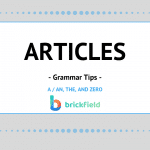
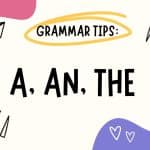
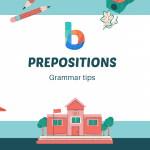


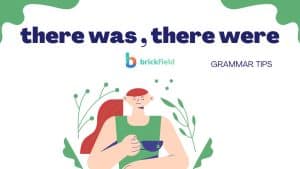
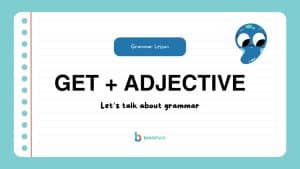




Comentarios recientes